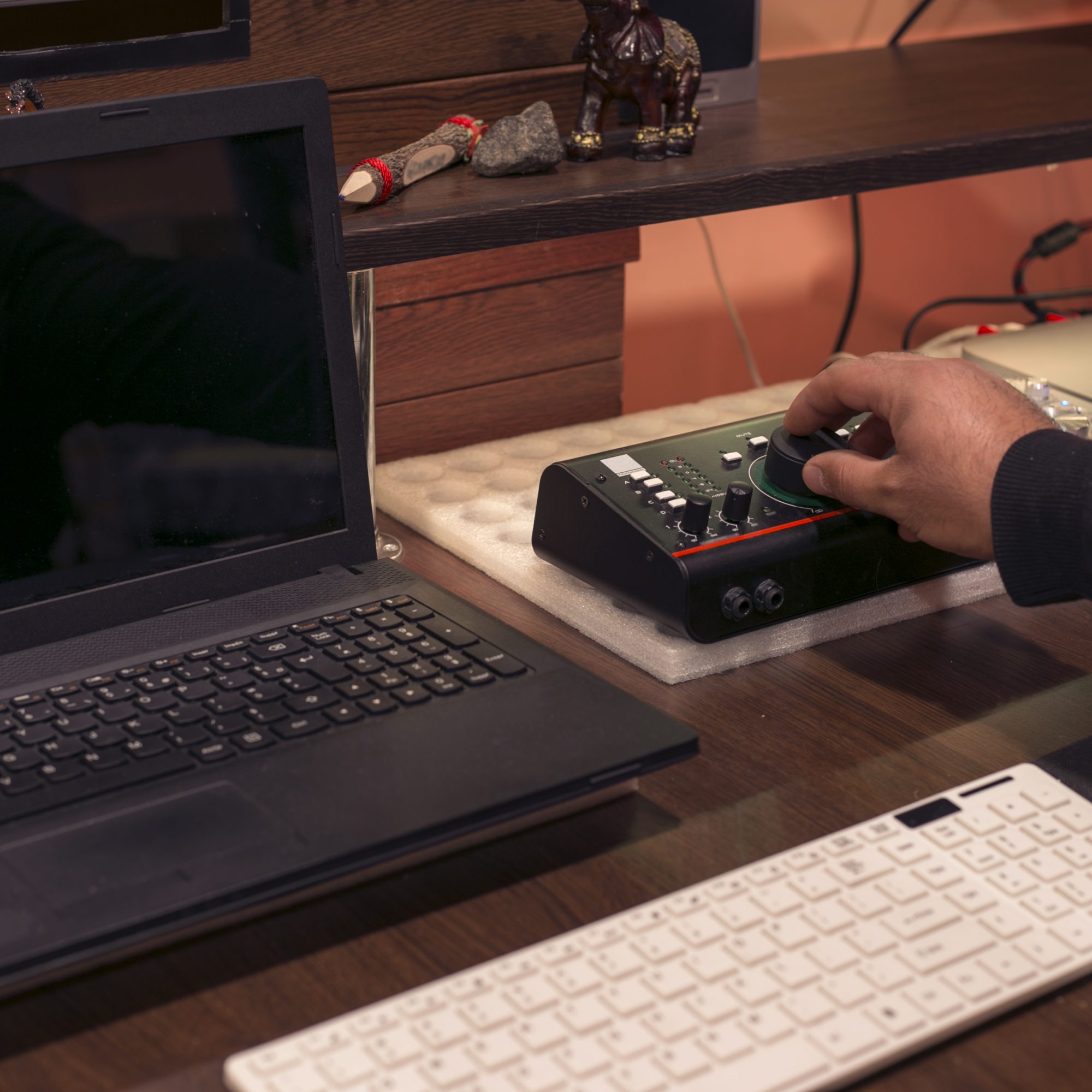Ever stood on a roller coaster’s peak, just before the breathtaking plunge? That’s how I feel facing the Tone Curve – an intimidating beast right in the heart of Adobe Lightroom. Feeling the same way?
Did you know, according to a survey by photoblog.com, more than 40% of photographers rarely use it, and some never touch it at all? Yet the mysterious Tone Curve is a secret weapon for seasoned pros. It can add depth, emotion, and an artistic vision to your photos like you wouldn’t believe.
The Tone Curve – the Great Unraveled
Think of the Tone Curve as a funhouse mirror, reflecting your image’s tonal values. It allows you to control lighting and contrast in an incredibly precise way, carving out a distinct look for your photos like a sculptor shaping a marble masterpiece.
‘Don’t fear the curve,’ an old mentor once told me.
Like a taming a wild horse, the fear of using the Tone Curve often comes from misunderstanding it. So, here’s my hearty attempt to clear the clouds away and let the sunshine in!
Tip 1: Understand Your Axes
The Tone Curve is framed by two axes – ‘Input’ and ‘Output’. Sounds techy, right? It’s simpler than you think. The ‘Input’ is your original photo, and the ‘Output’ is your edited outcome.
Tip 2: Getting to Grips with RGB
Next up, we need to understand Red, Green, and Blue – or RGB. In the high-key Lightroom edit guide, I touched on this. In the RGB world, white is all colors combined, and black is their absence. It’s a bit like mixing paint, but in reverse.
Tip 3: Start with Presets
If you’re a newbie, start with Lightroom’s preset Tone Curve options. Whether you’re going for a medium contrast or a strong one, these presets set the foundation that you can further tweak to suit your style.
Tip 4: The Line of Command
The line in the middle of the Tone Curve grid is your command central. An upward shift brightens the tones, and a downward shift darkens them – as simple as that.
Tip 5: An Eye for Detail
Hover your cursor right over your photo, and guess what? You’ll see a small circle on the Tone Curve. It demonstrates where your tones lie on the curve, giving you a clearer picture of how your edit affects the image.
Tip 6: Custom Points
The secret to a refined edit? Custom points on the curve. Instead of yanking around the entire curve, you can create points to edit only a specific tonal range. It’s pretty much like having a micro-surgical blade at your disposal, allowing you to make nuanced adjustments.
Tip 7: Creating S-Curves
Here’s where the magic happens. The renowned ‘S-curve’ essentially adds contrast to your photos – darkening the shadows and brightening the highlights. The result? An image that pops, crackles, and sparkles to life in an instant.
Tip 8: Harness the Power of Individual Channels
Once you’ve understood the basics, take your edits up a notch by working with individual color channels on the Tone Curve. You’ll enter the spectacular realm of color grading – opening up possibilities of surreal, ethereal, vintage, or dramatic photos.
Tip 9: Tip the Balance
It’s not just about dialing up the drama. Sometimes, it’s about subtle changes. Small adjustments to the Tone Curve can bring harmony to an overexposed balcony or infuse life into dull skies.
Tip 10: Practice Makes Perfect
As clichéd as it may sound, the best way to master the Tone Curve is through practice. Trial and error are the stepping stones to success in photo editing.
So, there you have it. These tips are your map to conquering the Tone Curve. Who knew you could tame a wild beast and claim it as your secret weapon? Happy editing!


0 Comment